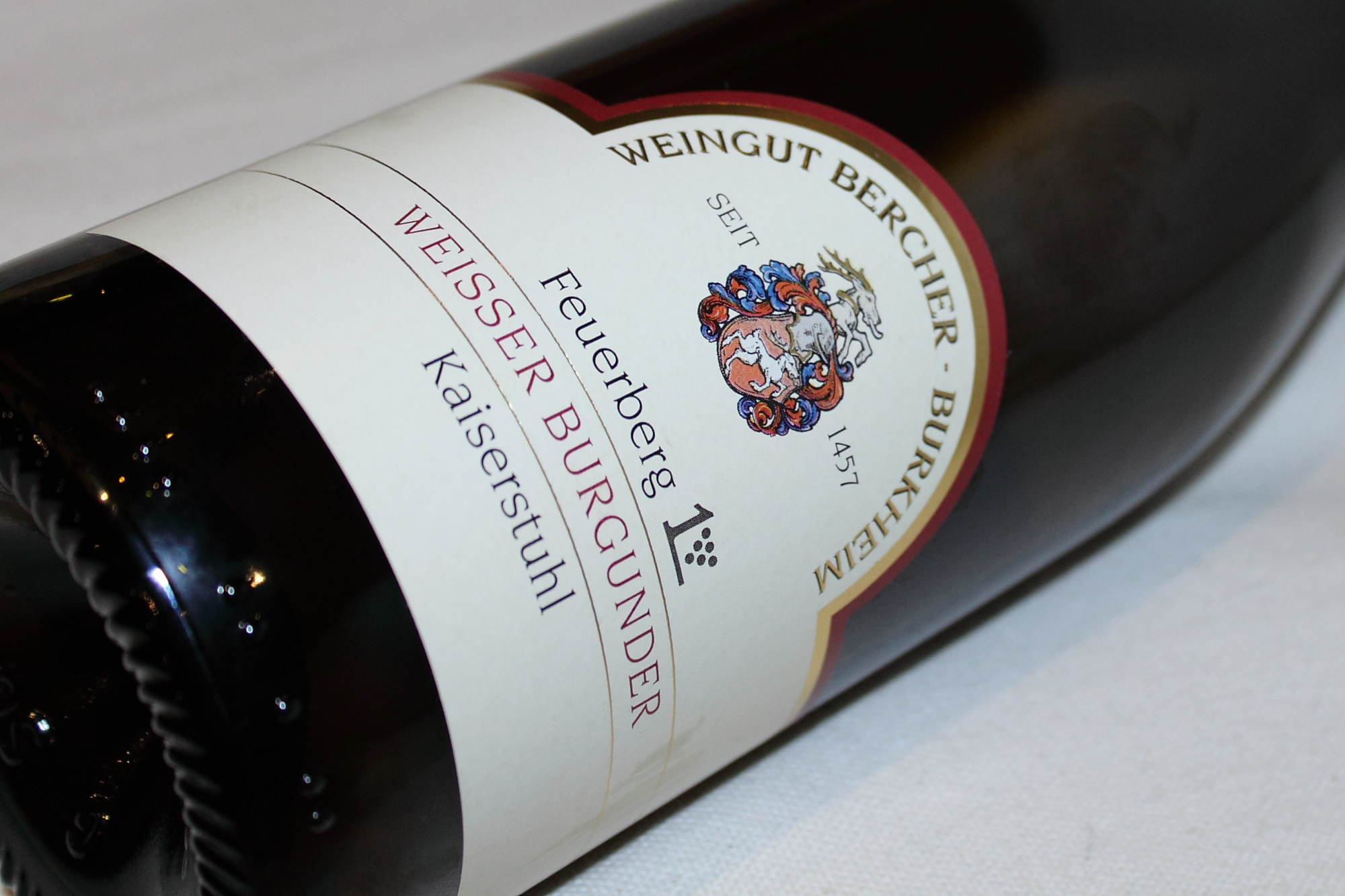Weingut Bercher, Burkheimer Feuerberg, Weißburgunder Großes Gewächs, 2007
It's been a while since we last talked Pinot Blanc. So gather round me, friends: Pinot Blancs's reputation is generally lacklustre. In Burgundy, it's rather like Stephen Baldwin to Chardonnay's Alec - the younger brother who doesn't quite have the talent and will always be outshone. Mostly though, it is because international drinkers get their Pinot Blanc bearings from Alsace and Northern Italy, where results are often very drinkable, but ultimately rather bland, that Pinot Blanc is still underrated. In Germany, though, where it makes for about 3.5% of vines planted, it can be granted great growth status when grown in the best vineyards, and can indeed turn out distinctive and quite majestic wines. When we last checked in with one of the country's very best Pinot Blanc producers, the Bercher family of Baden's Kaiserstuhl subregion, we were confronted with rather too majestic a specimen: The 2004 great growth dry Spätlese. Impressive for its power, but pulled out of balance by high alcohol content, was our verdict back then.

Well, I'm most happy to report back to you on a younger version of the same wine:
Let's check it against our earlier tasting note. We wrote:
In the nose, classic pinot blanc: honeydew melon, salted almonds, biscuit, a hint of dried herbs
Check.
In the mouth, think [...] melon again, artichokes, aloe skin cream.
Check.
Now coat this mixture in white chocolate with salted pistachio pieces, and you have it.
Mmmh, indeed. Check.
[...]as it got a little warmer in the glass, the malt and herbal liquor notes from the alcohol started coming in, pulling it out of balance
No. Not this time. This one, and here we have come to the crucial point at long last, is in balance. It stays on the tightrope where the earlier vintage had fallen down. None of that diffuse heat on the palate. Instead, the melon and pistachio fire burns off brightly and clearly.
nitram75, licensed cc by-nc-sa 2.0" src="/sites/default/files/images/kaiserstuhl_herbst.jpg" width="500" height="333" align="center" class="inline inline-center" />
Having reached this point, we can posit as a working hypothesis that you shouldn't let heavily-built Pinot Blancs of this calibre get older than three to four years. We will still need to work on gathering more empirical data on this, of course. But in the meantime: Excellently done, Bercher family.
